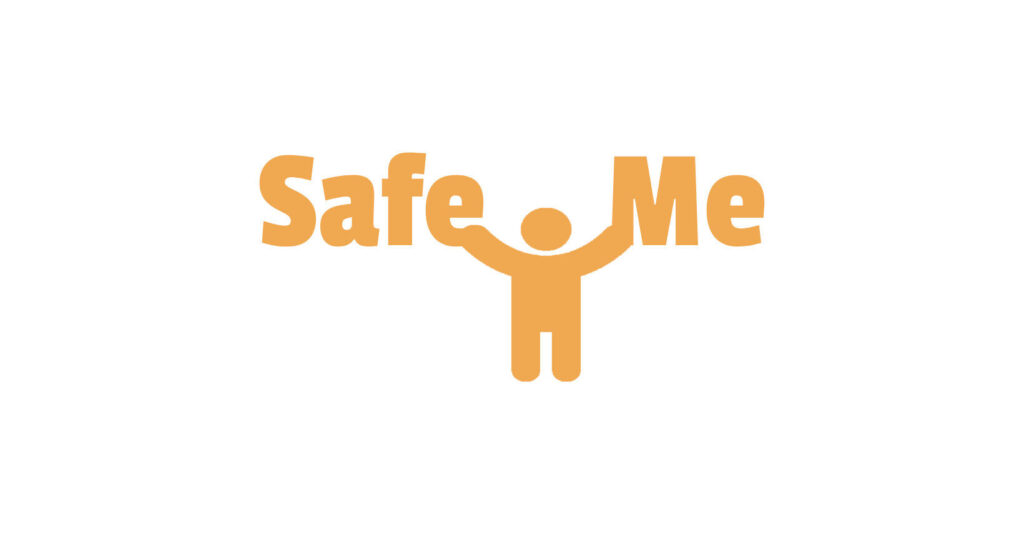How to Write a Fundraising Story That Moves Hearts and Gets Donations
When it comes to raising money online, one thing matters more than anything else: your story. It doesn’t matter how beautiful your campaign banner is. Or how perfectly cropped your photo looks. If your story doesn’t touch the heart, your fundraiser might fail. That’s why learning how to write a fundraising story isn’t just helpful—it’s absolutely essential. In this detailed guide, we’ll walk you through every step so you can write a story that earns trust, builds connection, and brings in real donations.

Why Your Fundraising Story Matters
Your fundraising story is not just a block of text. It’s the emotional bridge between your campaign and the donor.
Think of it this way:
- Donors don’t give to problems—they give to people.
- They want to know who you are, why you need help, and what difference their donation makes.
Knowing how to write a fundraising story helps you:
- Build trust instantly
- Create emotional urgency
- Show your real need clearly
The most successful campaigns are the ones where the story is honest, heartfelt, and specific.
Many campaigns fail simply because people don’t know how to write a fundraising story that builds trust and urgency.
Step 1: Be Honest and Authentic
You don’t have to be a professional writer to move someone. You just have to be real. Tell the truth. Share your real situation. Don’t exaggerate—but don’t underplay either.
People give when they feel the pain, urgency, or hope in your story. If you’re raising funds for medical bills, explain the condition in a way that’s understandable. If you’re fundraising for education, describe what opportunities you’re missing without support. Use your voice. Speak the way you naturally would if talking to a kind stranger.
Step 2: Start With a Powerful Opening
The first few sentences are everything. You only get a few seconds to grab the donor’s attention.
Begin with emotion:
- “My 5-year-old daughter has been battling cancer since last year.”
- “A devastating fire destroyed our family home last week.”
- “I need help getting to college after losing both parents.”
These kinds of openings immediately give context, urgency, and a reason to read on. Knowing how to write a fundraising story means learning how to connect quickly and honestly.

Step 3: Give Background—but Keep It Focused
After the opening, briefly share your background. Let people know who you are, where you’re from, and what your life was like before this situation.
Then shift to the problem or challenge. Be clear and specific:
- What happened?
- When did it happen?
- How did it affect your life?
Note: Avoid long, unnecessary details. Stay focused on what matters for the campaign.
Understanding how to write a fundraising story can turn your simple appeal into a powerful message that moves people to take action.
Step 4: Explain Why You Need Help
Donors want to know where their money is going. Be transparent. Break down costs if possible:
- “We need $8,000 for chemotherapy over the next 3 months.”
- “Tuition fees are $2,500 per semester, and I’ve already paid half.”
This builds trust. It shows you’re not just asking—you’re planning, too.
The first step in learning how to write a fundraising story is knowing that honesty and clarity matter more than perfect grammar.
Step 5: Show the Human Side
Don’t just talk about the problem—show your strength, gratitude, and hope. People don’t like to give to victims. They love to give to fighters. Let donors know what you’ve already tried. Share what it means to receive help. Talk about your dreams, goals, or your family.
This is where people fall in love with your cause.
Step 6: Make It Easy to Understand
If you’re writing in English and it’s not your first language, keep it simple. Donors from around the world may be reading. Use short sentences. Avoid complex words. Focus on clarity. Remember, how to write a fundraising story also means how to make it readable and easy to grasp emotionally.

Step 7: Add Photos and Videos
A picture is worth 1,000 words. A real photo can show:
- The patient’s condition
- The family in need
- The disaster aftermath
If possible, include a short video of yourself explaining the story. Donors trust what they can see. And your visuals should match your story.
Step 8: End With Gratitude and Hope
Close your story with a personal thank you.
Example:
“Even if you can’t donate, just sharing our story means the world. Thank you for reading and caring.”
Then add one hopeful line:
“With your help, we can get through this.”
This makes donors feel appreciated and hopeful.
Common Mistakes to Avoid
While learning how to write a fundraising story, avoid these errors:
- Being too vague: Say exactly what the problem is.
- Leaving out key info: Who, what, why, and how.
- Sounding fake: Use your own words and voice.
- Poor formatting: Use headings or breaks to avoid big blocks of text.
Real Example of a Fundsharing Campaign
Here’s a basic outline based on real campaigns from Fundsharing.org:
Title: Help My Brother Fight Blood Cancer
Story: My name is Ravi, and I’m from Kathmandu. My younger brother, Anish, was diagnosed with blood cancer in April. He’s only 17 and needs urgent treatment at Nepal Cancer Hospital.
We come from a small farming family. Our savings are gone, and I’ve already sold most of our belongings to pay for the first rounds of treatment. But the hospital says we need at least $6,000 more for chemotherapy and supportive care.
I’ve included the hospital contact number and documents below. If you can help—even a small amount—it means the world to us. Thank you so much for reading our story.
See how it’s:
- Short
- Honest
- Clear on costs
- Includes a human appeal
That’s how to write a fundraising story that works.
Fundraising Campaign Types That Need Strong Stories
These are the most common campaigns that require a strong emotional story:
- Medical emergencies
- Educational support
- Housing and shelter
- Travel for treatment
- Community and disaster relief
Each of these needs real, urgent, and honest storytelling to earn trust and support. Don’t overthink how to write a fundraising story—just be real, be personal, and explain your need like you would to a close friend. Before publishing, always review whether your message truly shows you understand how to write a fundraising story that donors care about.
Meet SafeMe: Your Safety Partner
What is SafeMe?

SafeMe, derived from the words “Safe” and “Me,” embodies a mission of creating an environment where individuals can confidently declare, “I am safe.” It is not just about responding to crime but actively preventing it before it happens. Designed as a protective barrier—a firewall—SafeMe strives to build a world free of violence and harm, ensuring safety at every level of society.
Why Fundsharing.org Is Different
At Fundsharing.org, we understand that writing a great story is just one part of the process. That’s why we make the rest easy and secure.
- We don’t allow campaigns with personal bank accounts
- Every medical fundraiser must include hospital contact info
- Fundraisers cannot delete or edit major campaign info after publishing
- Community + system verification protects donors and receivers
Final Tips to Help You Succeed
- Read your story out loud before publishing
- Ask a friend to check if it’s clear and emotional
- Add subtitles to your videos if possible
- Keep updating your campaign regularly
And most importantly—never give up. A powerful story is just the beginning.
Read More Articles
- Top 10 Most Charitable Countries
- How to Start Fundraising
- Importance of Donors in Healthcare
- How to Become Successful in Fundraising
- How to Write a Fundraising Story
- The Most Transparent Medical crowdfunding Platform in 2025
